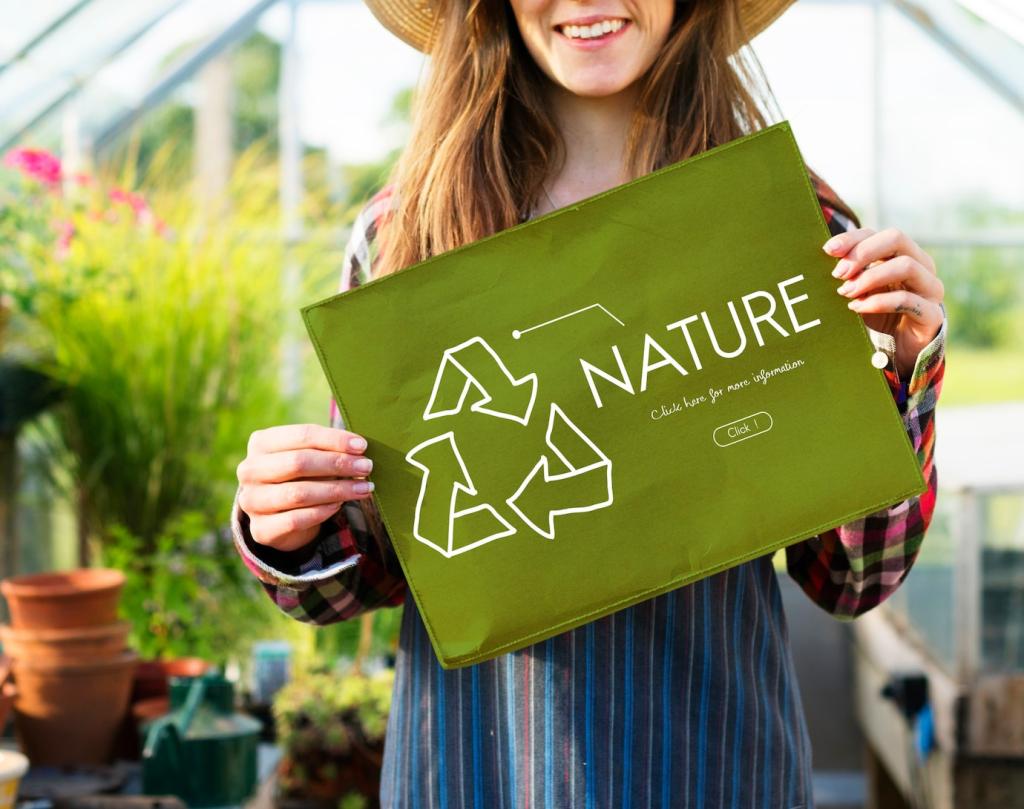Chosen theme: Natural Stone Alternatives for Exterior Cladding. Discover lighter, smarter, and beautifully convincing façade solutions that capture the character of stone without the structural, budget, or maintenance baggage. From porcelain rainscreens to fiber cement, get inspired by real stories, practical tips, and bold design ideas—then subscribe and tell us which alternative you’re excited to try.
Why Look Beyond Natural Stone?
Weight, Structure, and Retrofits
Natural stone is heavy, demanding robust substrates, costly anchors, and significant structural allowances. Alternatives dramatically reduce weight, which simplifies retrofits, accelerates schedules, and unlocks tight urban sites. A century-old townhouse we renovated kept its heritage charm using lightweight panels, avoiding major structural reinforcement and protecting the original brick.
Climate Performance and Rainscreens
Contemporary alternatives pair beautifully with ventilated rainscreens, promoting drainage, pressure equalization, and drier walls. This improves energy performance and durability across climates. In snow belts, a back-ventilated cavity helps manage freeze–thaw stress, while in humid regions it mitigates moisture accumulation that can otherwise compromise the assembly.
Aesthetic Freedom Without the Quarry
With high-resolution textures, honed or flamed effects, and custom formats, alternatives convincingly echo limestone, granite, and slate while enabling larger panel sizes and crisp detailing. Share your must-have look—subtle limestone warmth or dramatic basalt depth—and we’ll feature your preferences in a future material comparison post.

Fiber Cement: Versatile, Fire-Resistant, Stone-Inspired
Fiber cement offers mineral-rich depth, stable colorways, and finish options that echo cut or split stone. It is noncombustible, easy to detail around openings, and compatible with continuous insulation. One multifamily project swapped heavy stone for fiber cement and gained an extra floor due to reduced dead load and streamlined engineering.

HPL Façades: UV Stability and Authentic Textures
HPL delivers remarkably realistic stone prints with UV-resistant surfaces, robust impact performance, and anti-graffiti options. Panels install quickly over subframes and work well on complex geometries. A public school we toured chose a pale “limestone” HPL to brighten courtyards, citing long-term maintenance savings and vandal-resistance as key wins.

Porcelain and Sintered Stone Panels
Mineral blends pressed under immense pressure and fired at high temperatures yield dense, low-porosity panels that resist stains, UV exposure, and thermal shock. Finishes emulate flamed granite or honed limestone with surprising authenticity. Share your favorite stone effect—veined marble or subtle sandstone—and we’ll test samples for a future post.
Porcelain and Sintered Stone Panels
Clip systems, open joints, and continuous insulation create a breathable wall that controls moisture, improves thermal performance, and simplifies maintenance. Porcelain’s low water absorption makes it a strong performer in freeze–thaw zones. Ask us for our downloadable checklist on gaskets, shims, and tolerances to keep your façade tight and true.
Cast Stone Veneer: Character at a Lighter Load
Manufactured stone veneer is molded from real rock profiles and colored through the matrix for depth. It reduces structural demands and simplifies retrofits. Ensure drainage planes, proper weeps, and corrosion-resistant ties. We love contrasting ‘ledge stone’ profiles with clean metal reveals for a contemporary, layered composition.
Thin Brick and Brick Slips for Heritage Contexts
Thin brick achieves an authentic bond pattern while keeping weight and depth in check. It is ideal for infill projects in historic districts where full-depth masonry is impractical. Mix corner returns and varied lengths to avoid the ‘flat’ look and create convincing, shadow-rich window surrounds.
GFRC and UHPC Panels for Complex Geometry
GFRC Basics: Thin, Strong, and Sculptable
GFRC uses alkali-resistant fibers to produce thin, lightweight panels with impressive tensile capacity. Complex ribbing on the back reduces weight while maintaining stiffness. Choose integral pigments or acid-washed finishes for stone-like depth. Hidden anchors enable crisp joints and dramatic shadows along folds and returns.
UHPC for Severe Conditions and Slender Details
UHPC’s dense matrix allows slender edges, tight radii, and exceptional durability in freeze–thaw and coastal environments. With a rainscreen subframe, it excels in high-wind zones. We toured a transit hub where UHPC replaced granite at entrances, improving impact resistance while preserving a monolithic, carved-stone appearance.
Design Freedom in Practice
An art museum sought a rippling façade reminiscent of chiseled marble. GFRC molds captured shifting light and texture, delivering the sensation of hand-worked stone. Visitors often ask which quarry the panels came from. Tell us if you want the fabrication timeline we used to keep approvals moving.
Cost, Carbon, and Maintenance Reality Check
Alternatives often reduce structural steel, crane time, and installation labor, narrowing the gap with premium stones. Maintenance matters: wipe-clean surfaces and accessible attachment systems cut future costs. Comment with your project size and we’ll share a planning template for apples-to-apples comparisons across materials.
Installation, Codes, and Warranties
Subframing, Tolerances, and Thermal Breaks
Aluminum rails, adjustable brackets, and shims help achieve flatness and plumb lines over irregular substrates. Include thermal breaks to maintain continuous insulation. We recommend a field mock-up to validate joint sizes, corner returns, and color matching before full-scale installation begins.
Fire, Wind, and System Testing
Confirm assembly compliance, including NFPA 285 where applicable, and seek engineering for wind loads in exposed zones. Ask for impact and freeze–thaw data. Post-install, document anchor types, torque values, and panel IDs—your future self will thank you during warranty reviews or repairs.
Join the Conversation and Stay Informed
Have you specified porcelain, fiber cement, HPL, MSV, GFRC, or UHPC? Share lessons learned, post photos of details you’re proud of, and subscribe. We highlight reader projects monthly and invite you to vote on the next deep-dive comparison within Natural Stone Alternatives for Exterior Cladding.
Join our mailing list
